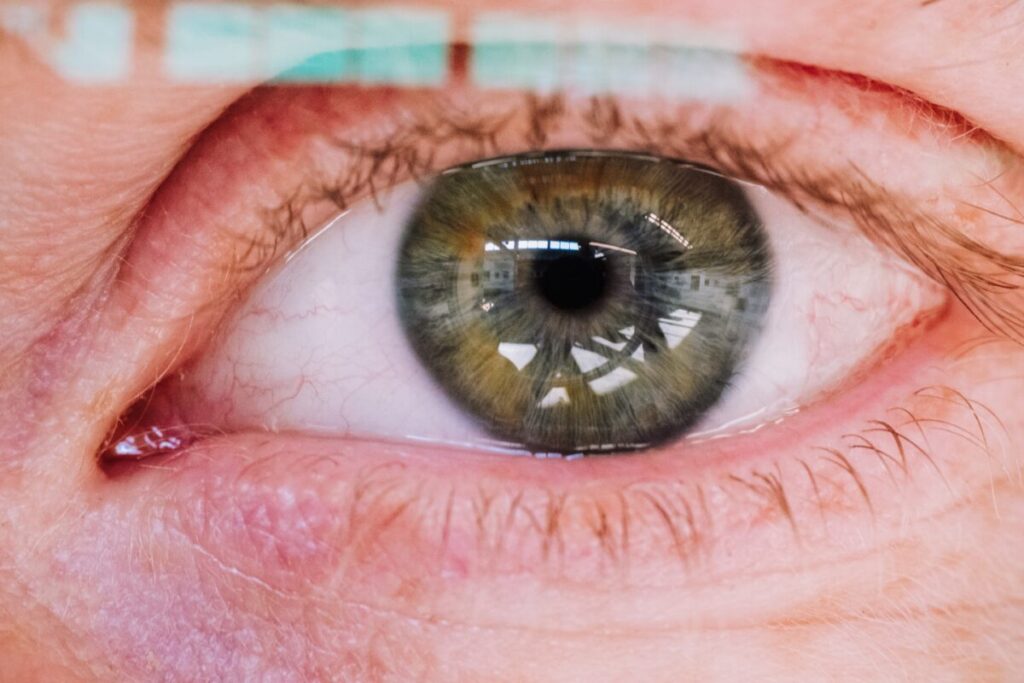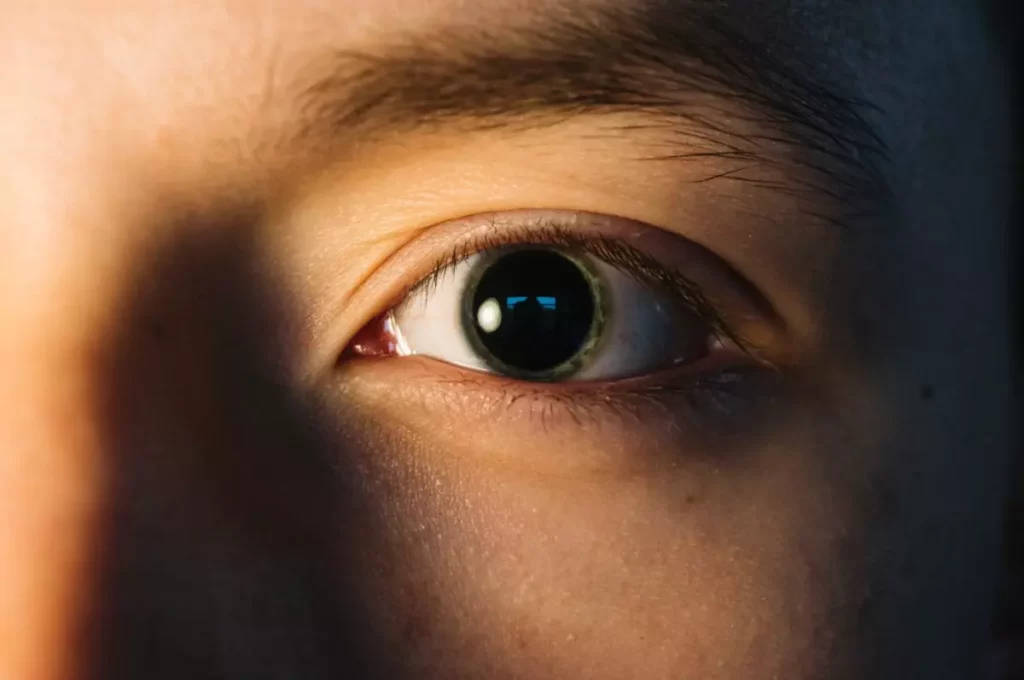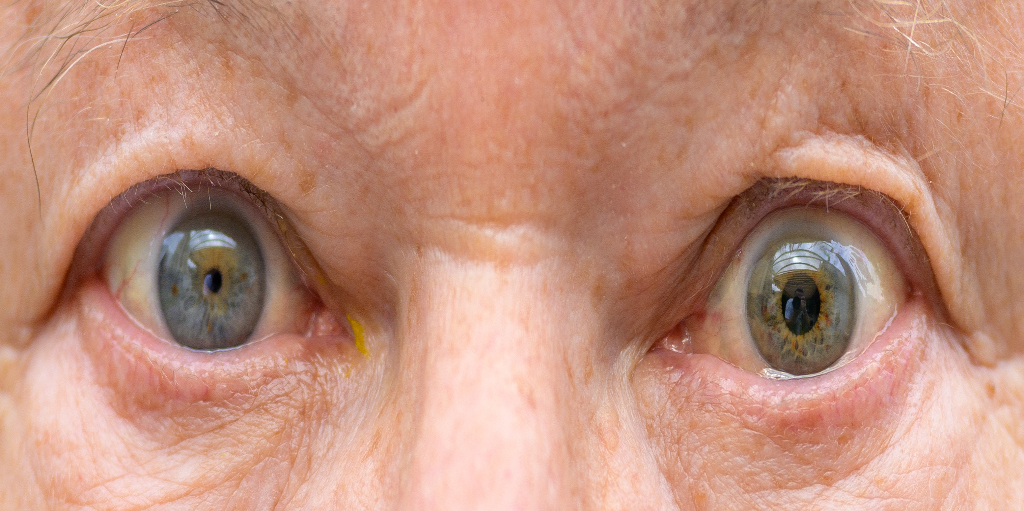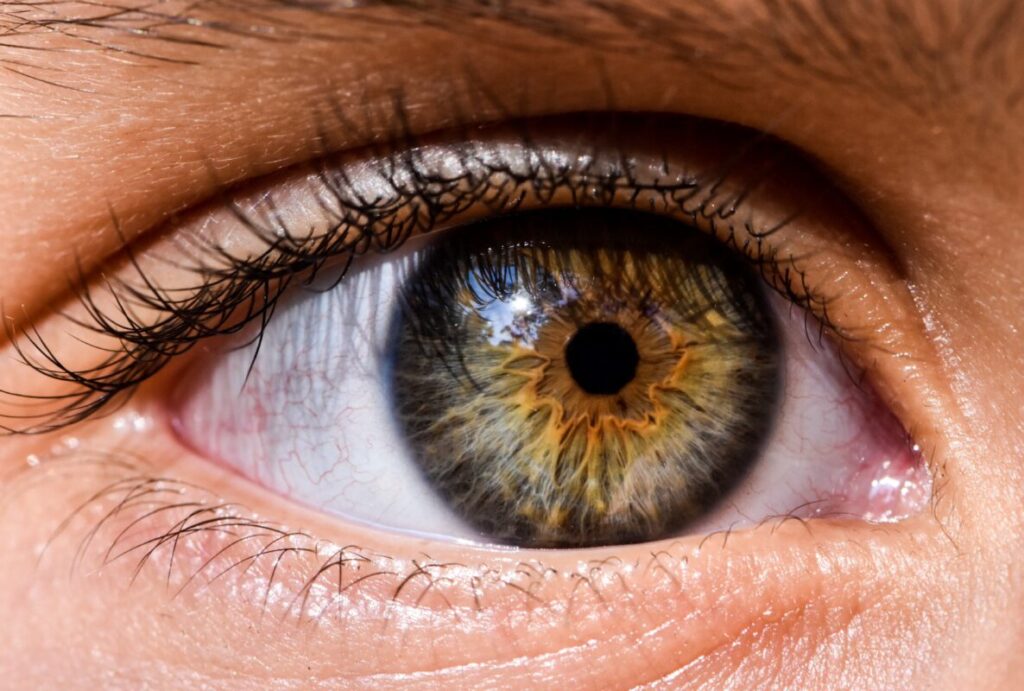Dilated pupils, medically known as Mydriasis, can result from various factors, including certain drugs that impact the nervous system. This article will explore dilated pupils and provide an overview of the drugs that can lead to this condition.
Understanding Dilated Pupils (Mydriasis)
Drugs That Can Cause Pupil Dilation
Various drugs can cause pupil dilation due to their effects on the nervous system. These substances typically belong to categories like stimulants, hallucinogens, and anticholinergic drugs. In some cases, pupil dilation is an unintended side effect resulting from a drug’s impact on the body’s physiological systems.
Let’s look at the various drugs known to cause dilated pupils.




Mydriasis is the medical term for dilated pupils. It occurs when certain drugs stimulate the sympathetic nervous system, causing the muscles in the iris to contract and the pupils to enlarge. Stimulants like cocaine, amphetamines, and MDMA commonly cause this type of pupil dilation.
Anisocoria refers to a condition where one pupil is larger than the other. While this can occur naturally in some individuals, certain drugs like pilocarpine (used to treat glaucoma) or scopolamine (used to treat motion sickness) can cause uneven pupil dilation when administered or used recreationally.
Cycloplegia is a type of pupil dilation that occurs when drugs interfere with the eye’s ability to focus and constrict the pupil. This effect is often seen with anticholinergic drugs, such as atropine or diphenhydramine (found in some antihistamines), which can cause blurred vision, difficulty focusing, and pupil dilation.
While not a type of pupil dilation, Miosis (constricted pupils) can also occur due to drug use, particularly with opioids like heroin or morphine. In some cases, the presence of Miosis in a person with other symptoms of opioid use can help healthcare professionals identify and treat an overdose.
Stimulants
Amongst the drugs that dilate pupils we can find stimulants. Stimulants are a class of drugs that increase activity in the central nervous system, leading to heightened alertness, increased energy, and elevated mood. Due to their stimulating effects, stimulants often cause pupil dilation.
Amphetamines are synthetic stimulants that affect the release and reuptake of neurotransmitters in the brain, including dopamine, norepinephrine, and serotonin. They can cause increased heart rate, elevated blood pressure, and dilated pupils.
Methamphetamine, or meth, is a powerful and addictive stimulant that significantly impacts the central nervous system. It causes a large dopamine release in the brain, leading to euphoria, increased energy, and alertness. Methamphetamine can cause mydriasis along with other side effects like dry mouth, sweating, and rapid heart rate.
MDMA, also known as ecstasy or molly, is a synthetic psychoactive drug with both stimulant and hallucinogenic properties. It primarily affects serotonin levels in the brain, which regulate mood, appetite, sleep, and other functions. MDMA can cause significant pupil dilation due to its impact on serotonin levels. Other common effects include feelings of emotional closeness, euphoria, and enhanced sensory perception.
Adderall is a prescription medication used to treat attention deficit hyperactivity disorder (ADHD) and sometimes narcolepsy. It contains a combination of amphetamine and dextroamphetamine, which increase neurotransmitter levels in the brain to improve focus, attention, and impulse control. While beneficial for those with ADHD, Adderall can cause side effects like pupil dilation, increased heart rate, elevated blood pressure, and dry mouth.
Cocaine is a powerful central nervous system stimulant derived from coca plant leaves. It blocks the reuptake of dopamine, norepinephrine, and serotonin in the brain, increasing their levels and producing euphoria, increased energy, and heightened alertness. Cocaine can cause mydriasis, elevated heart rate, increased blood pressure, and constricted blood vessels as part of its stimulating effects.
Caffeine is a widely consumed stimulant in coffee, tea, energy drinks, and various medications. It works by blocking adenosine receptors in the brain, leading to increased alertness and reduced fatigue. In moderate amounts, caffeine is generally safe. However, high doses can cause side effects like dilated pupils, elevated heart rate, increased blood pressure, and tremors. The extent of pupil dilation may vary based on individual sensitivity and dosage.
Hallucinogens
LSD is a potent hallucinogenic drug derived from the ergot fungus. It primarily affects serotonin receptors in the brain, leading to altered perceptions, vivid hallucinations, and a distorted sense of time. LSD commonly causes dilated pupils and other side effects like elevated body temperature, increased heart rate, and sweating.
Psilocybin is the active compound in magic mushrooms, a fungi with hallucinogenic properties. When ingested, psilocybin converts into psilocin, which acts on serotonin receptors in the brain and produces hallucinogenic effects. Dilated pupils on mushrooms, heightened sensory perception, altered thought patterns and emotional changes are common effects of psilocybin.
Mescaline is a naturally occurring psychedelic substance found in the peyote cactus and some other cacti. It affects serotonin and dopamine receptors in the brain, causing hallucinations, altered perceptions, and emotional changes. Mescaline can lead to dilated pupils and other side effects like increased heart rate, elevated blood pressure, and sweating.
DMT is a powerful, naturally occurring hallucinogenic substance found in certain plants and animals and is sometimes synthesized in labs. It primarily affects serotonin receptors in the brain, leading to intense, vivid hallucinations, altered perceptions, and a distorted sense of time. DMT commonly causes dilated pupils, increased heart rate, rapid breathing, and dizziness.
Quick Tip
Be Aware of Drug Interactions
Can pupil dilation from drug use be dangerous?
Yes, pupil dilation caused by drug use can be dangerous. Dilated pupils can cause increased sensitivity to light, blurred vision, and difficulty focusing. Sometimes, prolonged pupil dilation can lead to more serious eye problems, such as angle-closure glaucoma or retinal damage.
How long does drug-induced pupil dilation last?
The duration of drug-induced pupil dilation varies depending on the specific drug and the individual’s metabolism. Generally, pupil dilation from stimulants like cocaine or MDMA can last for several hours, while the effects of hallucinogens like LSD may persist for up to 12 hours or more. Some anticholinergic drugs can cause pupil dilation that lasts for several days.
Can healthcare professionals tell if someone has used drugs based on their pupils?
While pupil dilation or constriction can be a sign of drug use, healthcare professionals cannot definitively determine if someone has used drugs based on pupil size alone. Other factors, such as certain medical conditions, brain injuries, or even natural variations in pupil size, can cause similar pupil changes. However, when combined with other physical symptoms and patient history, pupil size can be an important factor in identifying potential drug use.
Get Help for Substance Abuse at Cornerstone
We offer a wide range of treatment for mental health and substance abuse conditions. Begin your journey to recovery today!
Opiates and Opioids
Heroin is an illegal and highly addictive opioid derived from morphine, which comes from opium poppy plants. It is a potent analgesic that induces intense relaxation and euphoria. Although heroin typically causes pinpoint pupils (miosis), dilated pupils can occur during withdrawal or as a result of an overdose, which can lead to severe health consequences, including respiratory failure and death.
Morphine is a naturally occurring opiate derived from the opium poppy plant and is used medically for severe pain relief. Like other opioids, morphine primarily causes miosis. However, in cases of overdose or withdrawal, the pupils may become dilated. Other side effects include drowsiness, constipation, and respiratory depression.
Oxycodone is a semi-synthetic opioid derived from thebaine, an alkaloid found in opium poppy plants. It is used medically for managing moderate to severe pain. Similar to other opioids, oxycodone typically causes miosis, but dilated pupils can be observed during withdrawal or overdose. Common side effects include dizziness, nausea, and respiratory depression.
Fentanyl is a synthetic opioid 50 to 100 times more potent than morphine. It is used medically for severe pain management, often in patches or intravenously. Fentanyl generally causes miosis, but dilated pupils can indicate an overdose or withdrawal. Due to its potency, fentanyl overdose can be life-threatening and requires immediate medical attention. Other side effects include drowsiness, nausea, and respiratory depression.
Recap of Drugs Causing Dilated Pupils
We’ve explored various drugs that can cause mydriasis or dilated pupils. These substances include:
- Stimulants like amphetamines, cocaine, and high doses of caffeine
- Hallucinogens such as LSD, psilocybin, mescaline, and DMT
- Opioids like heroin, morphine, oxycodone, and fentanyl in cases of overdose or withdrawal
The extent of pupil dilation and specific side effects experienced may vary depending on factors such as the type of drug, dosage, individual sensitivity, and duration of use.
Helping Someone with Suspected Drug Use
If you suspect someone you know may be under the influence of drugs due to dilated pupils, it’s essential to approach the situation with care and empathy. Your response can be critical in helping them seek support and preventing more severe consequences. Consider these steps:
- Observe and assess the situation: Take note of their behavior and other signs that might indicate drug use, like slurred speech, unsteady gait, or erratic behavior.
- Approach with care and empathy: Choose your words carefully and find a private, comfortable place to talk. Express your concern for their well-being and ask open-ended questions to encourage them to share their experience.
- Offer support and resources: If they admit to using drugs, offer your support and help them explore available resources like professional help, local support groups, mental health services, or addiction treatment programs.
- Recognize the limitations of your role: Understand that you cannot force someone to change their behavior or seek help if they are not ready. Provide support and encouragement, but know that your role is limited.
- Monitor the situation and prioritize safety: Call emergency services immediately if you believe they may be in immediate danger or suspect an overdose. Signs of potential overdose include extreme drowsiness, difficulty breathing, seizures, or loss of consciousness.
- Maintain communication and follow-up: Continue to check in with the person and offer your support. Keep an open line of communication and be available to listen, encourage, and share resources as needed.
Key Takeaways
- Key Takeaways
- Different drugs can cause distinct types of pupil dilation, such as mydriasis (stimulants), anisocoria (certain medications), cycloplegia (anticholinergics), and miosis (opioids).
- Pupil dilation caused by drug use can lead to various side effects, including increased sensitivity to light, blurred vision, and difficulty focusing. In some cases, prolonged dilation may result in more serious eye problems.
- While pupil dilation can be an indicator of drug use, healthcare professionals cannot definitively diagnose substance abuse based on pupil size alone. Other factors, such as medical conditions, brain injuries, and natural variations, must also be considered.
- Being aware of potential drug interactions is crucial when using prescription or over-the-counter medications, as some substances can affect pupil size when combined. Always consult with a healthcare provider or pharmacist to avoid potentially dangerous interactions.
How Drugs Affect Pupil Size
The impact of drug use on pupil dilation is a multifaceted issue. Different substances lead to unique changes in pupil size and function. From the widespread mydriasis caused by stimulants to the less common anisocoria induced by certain medications, these variations in pupil size can provide essential insights for healthcare professionals and concerned loved ones.
Pupil dilation is just one aspect of identifying drug use. While it can be a significant indicator, it must be considered with other symptoms and a thorough patient history to create a comprehensive understanding. By raising awareness about the dangers associated with drug use and the potential interactions between various substances, we can work together to create a safer, healthier community for all.
If you or someone close to you is grappling with substance abuse, know that you are not alone in this challenge. Cornerstone Healing Center offers compassionate, evidence-based care to help individuals overcome addiction and reclaim their lives. Our committed team of healthcare professionals supports you at every step of your journey, providing personalized treatment plans, a wide array of therapeutic approaches, and a judgment-free environment that places your well-being at the forefront. Remember that recovery is within reach, and we are here to guide you toward a brighter, drug-free future.

